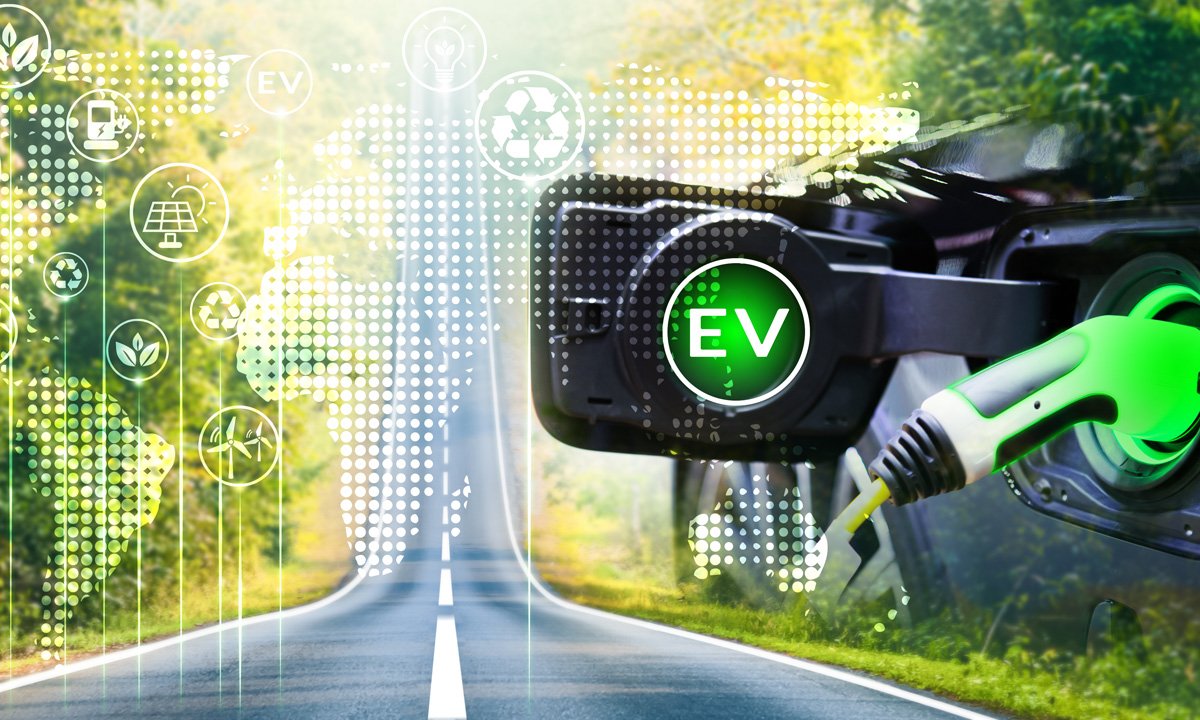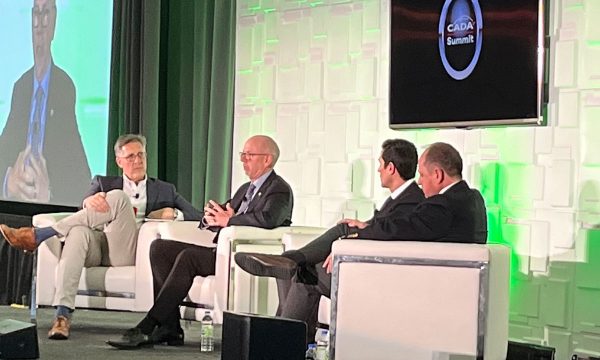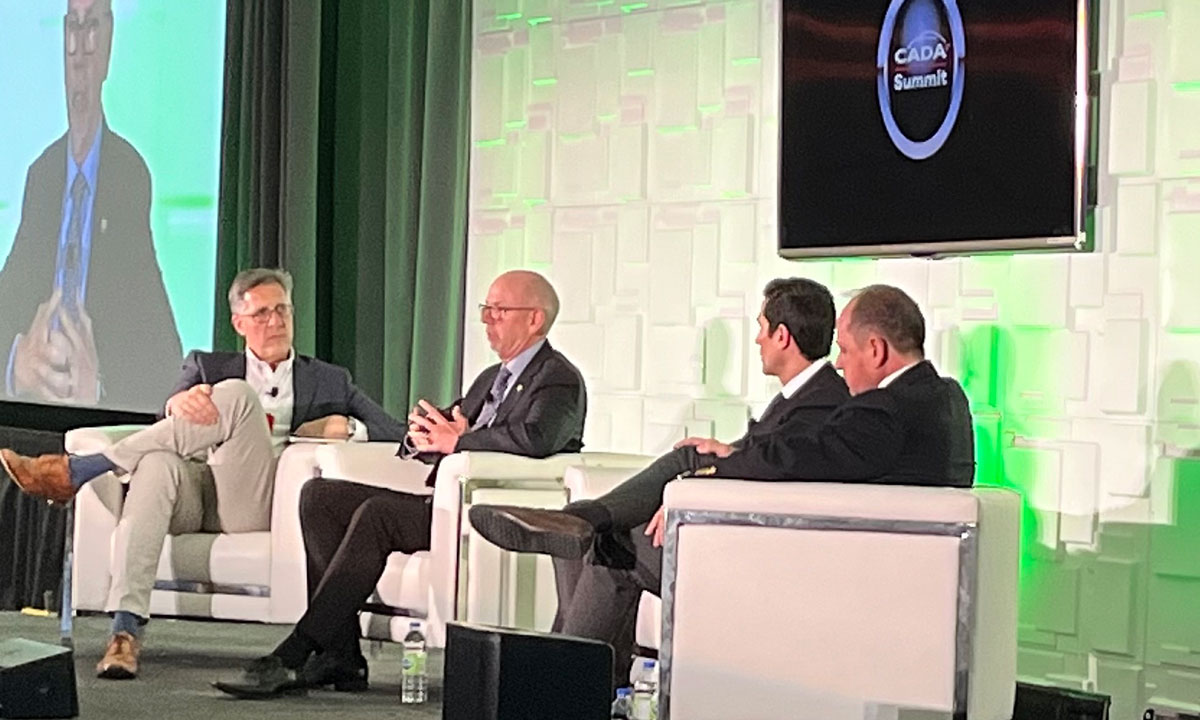For many of us in the automotive industry, there is plenty of time spent poring over charts and tables of data, trying to glean the insights the data is willing to yield.
The Canadian auto dealer team has the benefit of sharing office space with our sister-company Clarify Group, which spends every day looking at data to inform targets, standards and opportunities in a changing world of customer experience.
And while all that is great, it’s always fun when I get a chance to talk one-on-one to someone about their automotive experience. Even more so when that person is not part of a focus group, virtual or real.
It‘s simply a conversation.
Now, I’ll state the obvious. You can’t extrapolate that conversation to represent a population. But as journalists have long known, you can tell the tale of a single individual to add flavour and engagement when telling the story of a population.
As human beings, we’re pulled into an individual’s tale more than we are drawn into the abstraction of data.
All that to say, I had a really interesting conversation with a first-time EV owner, and I thought I’d share some of the highlights.
The EV owner in question is thoughtful, bright, and happens to be my Mother-in-Law. So it’s fair to say that the highlights are drawn from a series of conversations, both through the research and selection process and now, after some months of ownership.
I also think it’s safe to say that she is thrilled with the vehicle and the experience so far.
Her choice was not driven by climate related issues at all. She simply wanted what she believed would be a better product and newer technology.
She said it was worth the months-long wait for the longer battery, which to me says interesting things about range anxiety. She lives in Barbados so the distances she drives will never challenge the car’s range. But the comfort of having that extra buffer is very real. As we see so often, issues relating to EV range are much more psychological than practical. How much one actually drives in a day is rarely the main point.
The actual driving performance is a huge draw. Long live the flat torque curve!
She finds herself consciously taking note of the gas stations (sorry, petrol stations…) that she used to stop at. Each time she does, there’s a subtle but real reinforcement that she made the right choice. I find this interesting, because it suggests that the ubiquity of gas stations may actually help “fuel” the transition to EVs. (Sorry, couldn’t resist).
My Mum-in-Law is an older buyer, in her 70s. Let’s make sure our industry realizes that older consumers will be just as important to the EV transition as younger ones. In fact they will be much more important. They are the ones buying vehicles.
Notwithstanding her being very British, she has absolutely no concerns with the fact that her vehicle, an MG, is in fact a Chinese car. I think it’s safe to say that direct product experience will almost always trump country-of-origin concerns. All these new brands that are coming to Canada likely have as big an opportunity as they believe they do.
One concern of hers is that the car doesn’t provide the visual and audible reinforcement that it’s been turned on. So she sometimes has to double check. I’ve heard this from many folks, and the product planners are taking note (think of the glowing globe on the Genesis GV60).
But she really does enjoy the quiet when she’s driving.
In fact, her only real concern was how long it takes to “boot up”. Yes, those are her words. As if there was any remaining doubt, consumers understand that their vehicles are computers on wheels. Even consumers well into their 70s.
So there you have it. Some anecdotes from one EV owner who will never buy an ICE vehicle again. Vive la Revolution!
















